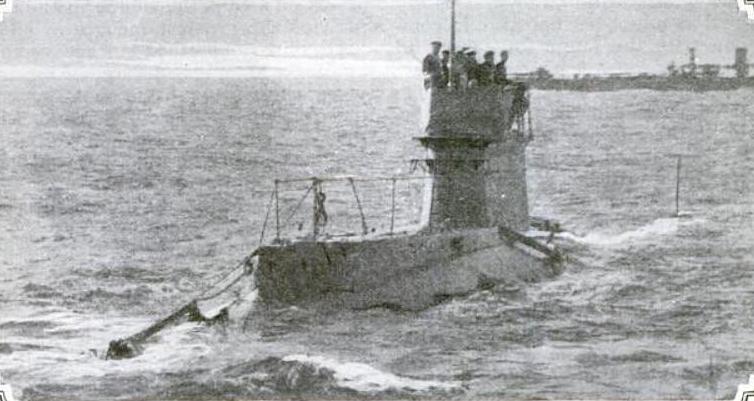That is certainly an interesting question and one which has puzzled me for a long time.
Running "Decks Awash" in the sense of having the decks underwater with only the Conning Tower above water does not appear to have been used in attacks. Blair's three books on ww2 sub warfare does not mention an attack with "decks awash" (i.e. decks underwater). The Official manuals, i.e. the 1943 German sub commander's handbook and the 1946 U.S. Fleet submarine manual also do not discuss this attack tactic.
Without delving into the difficulty of maintaining a sub level in the open ocean with decks underwater, there would also appear to be little tactical advantage. A submarine is already hard to spot. The hull which is only a few feet above water is very hard to spot. The Conning Tower is also hard to spot from the lookout station/deck of a typical freighter since it usually is below the horizon. There would not appear to have been a big advantage in concealment in running with decks under water.
There also seems to be a confusion as to what "Decks Awash" means. Some submarine which were recorded as "running decks awash" had their decks above water, but had some seawater already in their ballast tanks so they could dive more rapidly. Their decks would be above water, but lower in the water than normal. For example:

HMS B11 running "decks awash".
http://en.wikipedia.org/wiki/File:HM...ecks_awash.JPG
I suspect most submarines which recorded in their logs that they were running "decks awash" actually had their decks above water.